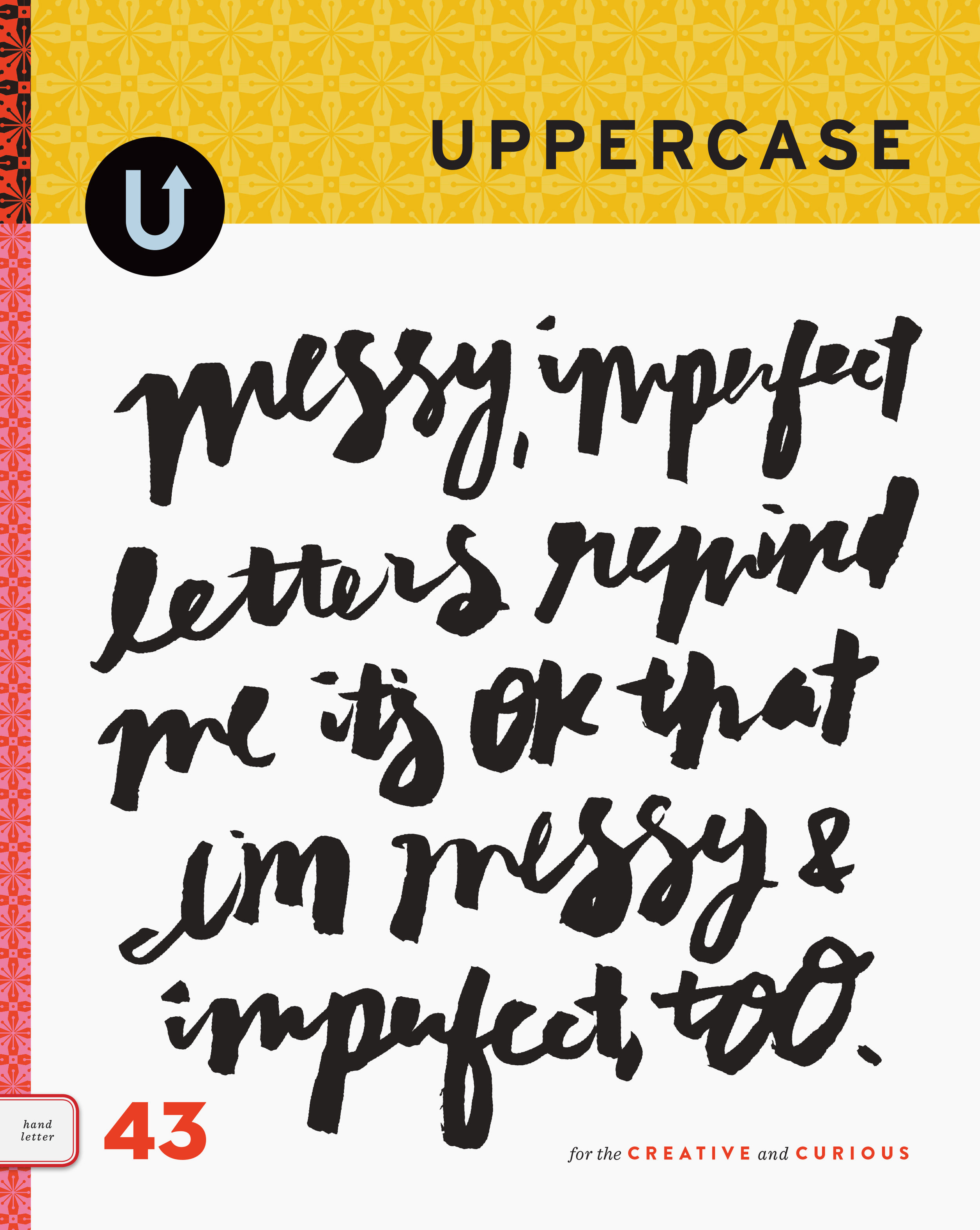QuiltCon: Panels and Patchwork
/Guest post by Linzee McCray
Vanessa Christensen class "Working with Ombre Fabrics", student work
For day two of QuiltCon, I wasn’t up for the 7:45 a.m. yoga session, but did enjoy the Maker to Making a Living panel at 9 a.m. on Friday. Four industry professionals whose experience ranged from a few to 40 years shared their career paths, their aspirations vs. the reality of “making it” in the quilt industry, and the challenges of small-business ownership. While each panelist (Denyse Schmidt, Mary Fons, Heather Givans, and Brenda Groelz) looks for personal fulfillment and a life filled with making things, they acknowledged that making money to pay the rent (or “buy the kitties food” as moderator Jacqueline Sava called it) was of equal importance. I loved hearing these women riff off one another’s comments and acknowledge the satisfactions, but also the hard, hard work that goes into making careers like theirs happen.
Panel: Maker to Making a Living
Next up was one of my favourite lectures: Modern Materials: Quilts of the 1970s with Bill Volckening. This Portland resident found his first quilt rolled up under a table in an antique store and though he didn’t buy it at first, he couldn’t get it out of his mind and returned for it. He was initially seduced by the colors of the quilts of this era, but also became intrigued by the fabrics themselves—Dacron, polyester, and some quilting cottons—and the context in which they were stitched. (He compared one quilt to the painted bus used by The Partridge Family.) A number of quilts from his collection are on the show floor, so it’s possible to admire them in person. They’re pretty wild.
Log Cabin medallion, unknown maker, c.1975 from the Bill Volkening Collection
Tile Blocks, unknown maker c.1977 from the Bill Volkening Collection
Woven pattern, unknown maker c.1979 from the Bill Volkening Collection
Grandmothers's Fans, unknown maker c.1979 from the Bill Volkening Collection
At noon I gave a talk about UPPERCASE and expanded on the story I wrote about feed sacks for issue #24. Audience members ranged from people who had never heard of feed sacks to two women who had worn feed sack underwear as children. I shared a photo of a doily crocheted from the strings used to hold feed sacks shut and an audience member recalled a relative knitting a pair of socks from the strings she’d saved. Another pulled the loveliest piece of feed sack material from her purse—the pink, grey, and gold apples had such a contemporary feel.
Feed sack example shared by an audience member.
All day long I ran into people who wanted to talk—about quilts, about feed sacks, about fabric, about a quilt they’d seen on the exhibition floor. Those conversations are the real highlights of QuiltCon. Even after the convention center doors closed for the day, Austin was full of people talking about textiles in hotel lobbies and over dinner and drinks. The quilts and the lectures and the workshops provide fodder for getting a conversation started, but the shared love of stitching keeps them going.












